Advances in nanomaterial production for device implementation, biotechnology and biomedical areas require methods to measure the possible health and safety risks associated with nanomaterials exposed to a particular biological environment. In this manuscript, researchers from the Health Research Institute, Japan, investigate the environmental toxicity of engineered CdSe quantum dots (QDs) and ZnO nanopowder (NP) in human lung cells.
 To evaluate the toxicity, the researchers induce the breakdown of the nanomaterials by exposing them to simulated solar UV light. This releases Cd2+ and Zn2+ ions for the QDs and NPs, respectively, which were then detected by measuring the quenching of the fluorescence signal in the presence of tetrakis (4-carboxyphenyl) porphyrin (TCPP) or by measuring the enhancement of the fluorescence signal in the presence of the commercial Measure iT Pd/Cd sensor.
To evaluate the toxicity, the researchers induce the breakdown of the nanomaterials by exposing them to simulated solar UV light. This releases Cd2+ and Zn2+ ions for the QDs and NPs, respectively, which were then detected by measuring the quenching of the fluorescence signal in the presence of tetrakis (4-carboxyphenyl) porphyrin (TCPP) or by measuring the enhancement of the fluorescence signal in the presence of the commercial Measure iT Pd/Cd sensor.
The researchers conclude that Cd2+ and Zn2+ ions are not cytotoxic at low concentrations and for short UV exposure times but become toxic at longer exposure times, i.e. 72 hours or longer. In addition, cells exposed in the long term to Cd2+ ions result in extensive DNA damage as measured by comet assays and gel electrophoresis. This manuscript details the importance of measuring the health and safety aspects of engineered nanomaterials, in particular the environmental impact of released meal ions, exposed to UV light.
by Dr Lee Barrett
Read the full Nanoscale communication here:
Impairments of cells and genomic DNA by environmentally transformed engineered nanomaterials
Philip Jones, Sakiko Sugino, Shohei Yamamura, Fred Lacyb and Vasudevanpillai Biju*
Nanoscale, 2013, Advance Article
DOI: 10.1039/C3NR03118G


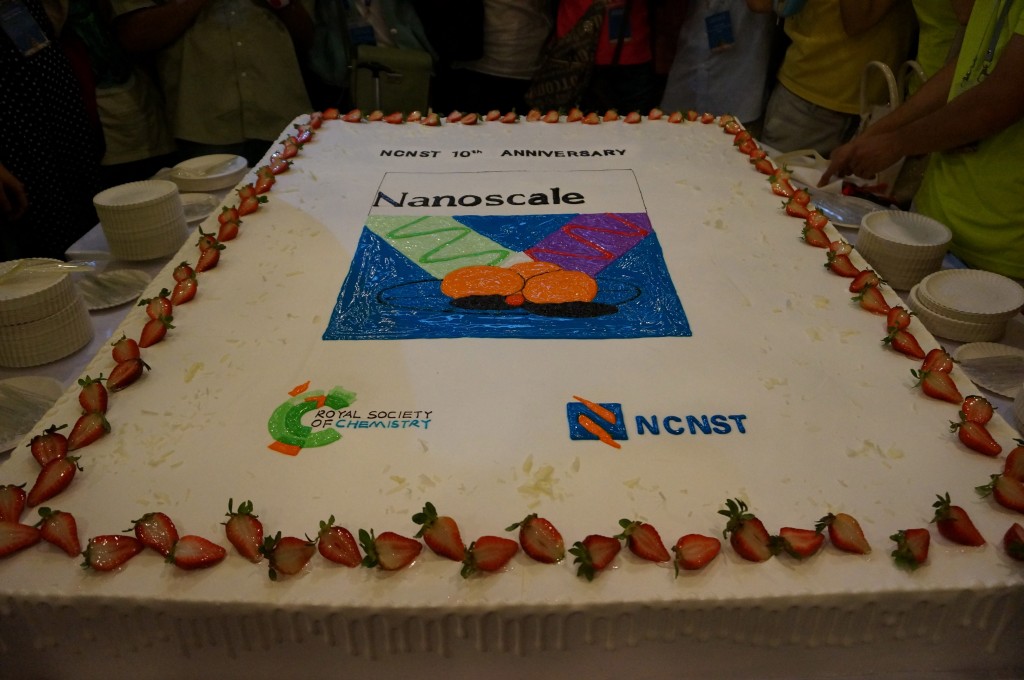
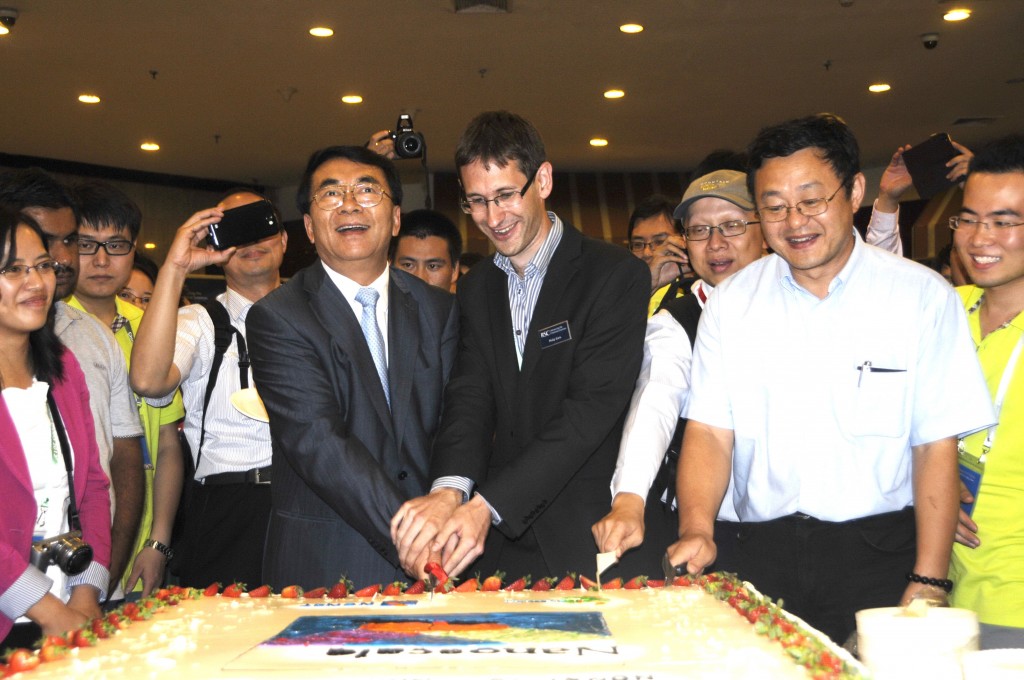
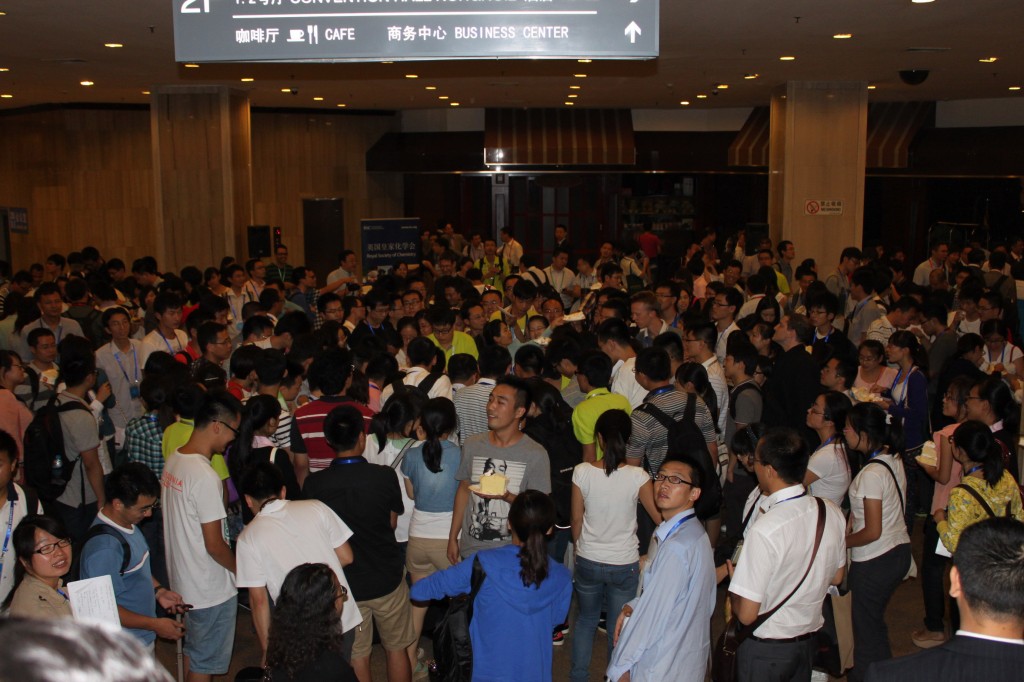










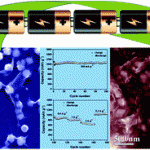
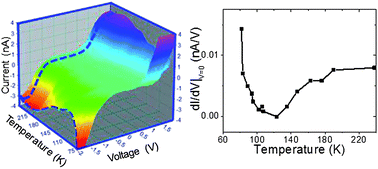
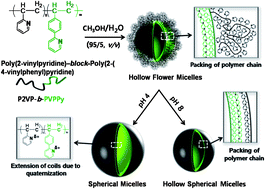
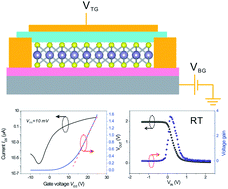
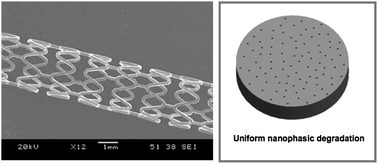
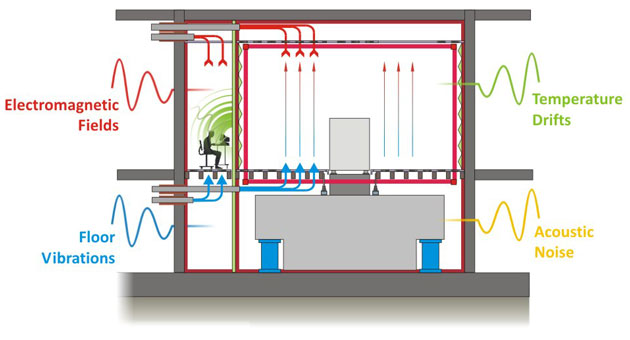
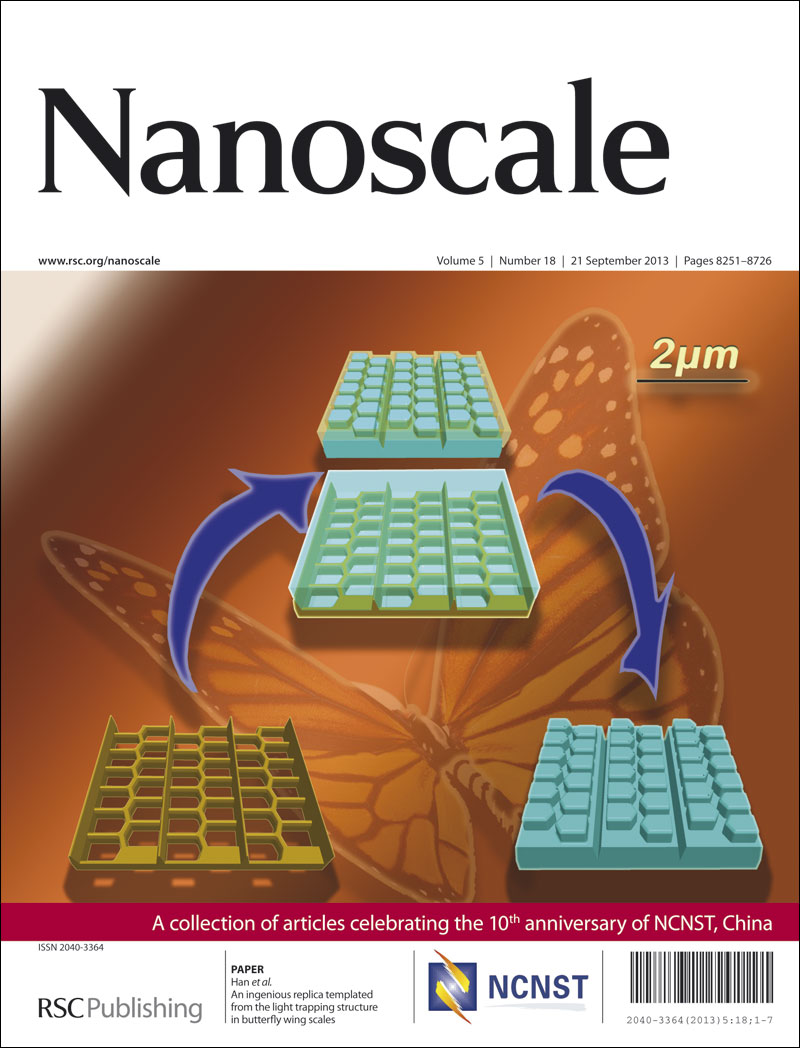




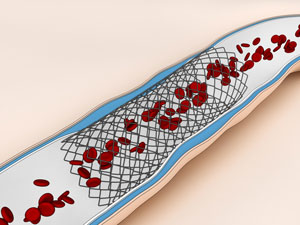
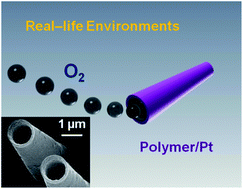
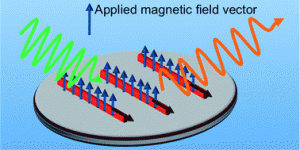
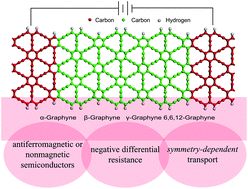
 To evaluate the toxicity, the researchers induce the breakdown of the nanomaterials by exposing them to simulated solar UV light. This releases Cd2+ and Zn2+ ions for the QDs and NPs, respectively, which were then detected by measuring the quenching of the fluorescence signal in the presence of tetrakis (4-carboxyphenyl) porphyrin (TCPP) or by measuring the enhancement of the fluorescence signal in the presence of the commercial Measure iT Pd/Cd sensor.
To evaluate the toxicity, the researchers induce the breakdown of the nanomaterials by exposing them to simulated solar UV light. This releases Cd2+ and Zn2+ ions for the QDs and NPs, respectively, which were then detected by measuring the quenching of the fluorescence signal in the presence of tetrakis (4-carboxyphenyl) porphyrin (TCPP) or by measuring the enhancement of the fluorescence signal in the presence of the commercial Measure iT Pd/Cd sensor.